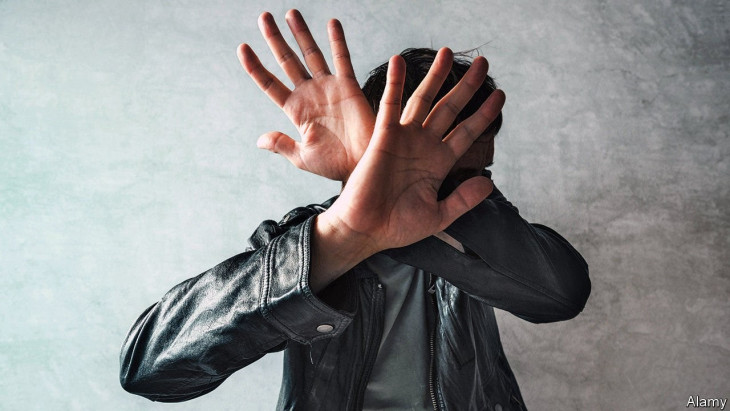More must be done to end gender-based violence
By PD columnist, November 25, 2022On November 25 annually, Kenya joins the rest of the world to mark the International Day for the Elimination of Violence Against Women.
It aims at raising public awareness around the issue in an effort to eradicate violence against women and girls around the world. The day has been celebrated since 1981.
According to United Children Emergency Funds (Unicef), violence against women and girls continues to be a widespread and persistent human rights violation despite State and non-State actors promising to tackle it. Women and girls continue to be subjected to multiple forms ranging from Gender-Based Violence, sexual, physical and domestic violence, Female Genital Mutilation (FGM), intimidation and harassment.
Unicef further goes on to show that one in three women or girls experience physical and sexual violence mostly by their intimate partners. At a global scale, 35 per cent of women and girls will experience some form of physical and sexual violence and before they reach 18 years, 650 million of them are forced to marry while 200 million undergo FGM between the ages of 15 and 19 years, according to World Health Organisation.
In Kenya, basically, there has been a rampant increase in cases of violence against women. This reminds me of Kenya’s world record holder Agnes Tirop, who was stabbed to death at her home in the Western town of Iten in October 2021.
The fact that police arrested her husband in connection with her death, brought out clearly the subject of domestic violence to the fore.
Covid -19 pandemic worsened the pre-existing factors and inequalities that contribute to gender-based violence. Lockdowns also made it difficult for people experiencing violence to access support. As doors and isolation began, reports of all forms of violence against women and girls particularly domestic violence began to rise, and therefore, today being an International Day for Elimination of Violence Against Women, all strategies should be improvised to avert this menace. There is still a long way to go on a global scale to eliminate this violence. To date, only two out of three countries have outlawed domestic violence while 37 countries worldwide still exempt rape perpetrators from persecution if they are married to or eventually marry the victim.
Other countries currently have no laws protecting women from domestic violence. But there is still hope since over the years, we have seen mounting efforts of the United Nations by governments, Non-Governmental Organisations, women groups, community groups and other networks to eliminate violence against women and girls.
Legal and policy frameworks have been established at the national and international levels but much more needs to end impunity and change discriminating attitudes that allow such violence to continue. There will be no ending of violence against women and girls if we do not recognise and protect the dignity, rights and security of women.
There is a need to end violence against women by recommitting ourselves to action since the vice continues to be an obstacle to achieving equality development.
In order to protect women and girls from this violence, the enforcement and implementation of laws and policies related to gender-based violence must be improvised. This includes training of police and those who provide medical and legal support for survivors of physical and sexual violence. Also, men and community leaders must be sensitised on the rights of women through community health volunteers, women groups and civil society organisations also engaging boys and young men to become agents of change will give a solution.
We should be courageous to speak up for those who have lost their dignity. Governments should continue raising awareness of the dangers of harmful traditions.
— The writer is a Communication and Media Student at Rongo University
